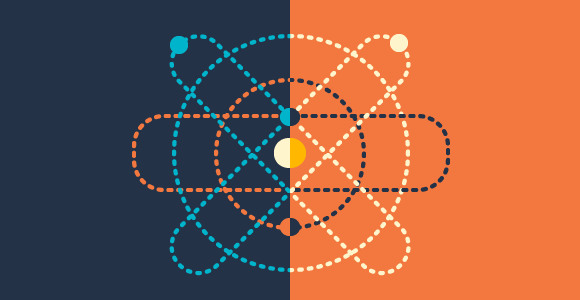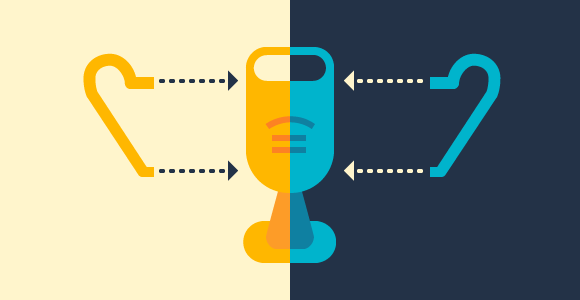About the Video
Bitcoin was first described in 2008 by pseudonymous developer, Satoshi Nakamoto, in his paper, "Bitcoin: A Peer-to-Peer Electronic Cash System." One year later, that system became reality.
Here is the abstract from that paper:
A purely peer-to-peer version of electronic cash would allow online payments to be sent directly from one party to another without going through a financial institution. Digital signatures provide part of the solution, but the main benefits are lost if a trusted third party is still required to prevent double-spending. We propose a solution to the double spending problem using a peer-to-peer network. The network timestamps transactions by hashing them into an ongoing chain of hash-based proof-of-work. The longest chain not only serves as proof of the sequence of events witnessed, but proof that it came from the largest pool of CPU power. As long as a majority of CPU power is controlled by nodes that are not cooperating to attack the network, they'll generate the longest chain and outpace attackers. The network itself requires minimal structure. Messages are broadcast on a best effort basis, and nodes can leave and rejoin the network at will, accepting the longest proof-of-work chain as proof of what happened while they were gone.
You can read the full paper at Bitcoin.org.
Transcript
By: Artesian via Reddit
Mining Bitcoins is like mining a precious mineral (let’s say gold) from a single, very deep mine.
The “Bitcoin mine” is the basic protocol that governs the release of the bitcoins, think of it like an entire seam of gold running all the way into the Earth. The mine is deep and the surrounding rock gets harder and harder to dig through every 10 minutes. At the surface, when people were just starting to crack into the mine… it was easy to have your computer start tapping away at the big seam of gold (mining for bitcoins by decrypting little bits of code based in the original protocol). Basically you could walk to the mine and scoop up gold (bitcoins) with your hands.
Now… bitcoins weren’t very valuable at this point because anyone could just go into the mine and do a little bit of easy mining to get some coins. There wasn’t much confidence in their value either. Imagine it’s a funny color that people haven’t seen before. No government or bank is controlling its price. All that matters is that there were people willing to mine the gold and trade it for stuff even cash.
[25 bitcoins are released from the code-block every 10 minutes–and that’s when the mine gets just a little bit harder to dig into… And the protocol dictates that only 21 million bitcoins must ever exist – the last to be found at the end of the last 10 minute cycle in the year 2140.
When the mining got a little bit tougher and you needed to have a little bit of a better computer to get into the mining business… people saw that there were a few million coins around and the supply was slow to grow but that it couldn’t really be tampered with. The mine was always going to be there. Yes people could debate what the mineral was worth. They could throw it away or dump it in the ocean or lose the keys to their personal vault… but the mine would be there in the morning and if you had the right tools you could keep mining and helping to increase the supply of the coins.
Eventually, the people with the pick axes and the shovels (these were people using their CPUs to mine for bitcoins by cracking the code in the protocol) just couldn’t get any more gold out. Their tools weren’t powerful enough to crack through the deepest layers of surrounding rock anymore.
In come the GPU miners… people who used the graphics processors in their computers to keep cracking away at the bitcoin protocol and finding more ‘gold’ in the mine. They brought powerful motorized diggers, front-end loaders, dump trucks, and excavators. They had the tools to keep mining and because they often worked in “pools” and used their powerful tools together… they could pretty reliably mine more gold even as the mine got deeper. They would just split the profits from the coins that they mined.
Today… the value of the bitcoin is much higher than it originally was. People have some decent faith in the value of the ‘gold’. A lot of common stores will accept the currency and a lot of big companies are falling in line to start accepting it. They can see that the gold from the mine isn’t really a funny color after all, and that’s okay that no big central power controls it. And the more people buy into the bitcoin market… the more valuable the market becomes.
Share/Embed
Share Video
Embed
Explore Free Online College Courses from Our Featured Universities
-
Massachusetts Institute of Technology
 232 Courses
232 Courses -
Stanford University
 161 Courses
161 Courses -
University of California, Berkeley
 64 Courses
64 Courses
Most Popular Playlists
-

First Day of Freshman Year
Relive the first day of your freshman year with a series of first lectures from introductory college courses at MIT, Yale, and Stanford.
-

Laws of Nature
Introduce yourself to the laws of nature with these free online college lectures from Yale, Harvard, and MIT.
-

Living a Good Life
Gain fresh perspective on how to live a good life with these lectures taken from free college courses offered by Yale.
Related Degrees